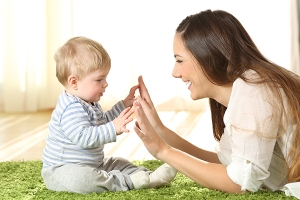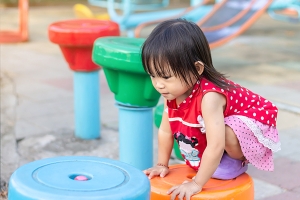Not thrilled by your mouthy preschooler or back-talking tween? You’re not alone. Correcting perceived attitude problems is a top parenting concern, and there’s often no easy fix. In fact, this stubbornly persistent behavior may be biologically driven. Still, you can help your child learn to be more respectful and polite. Here’s how to ditch your kid’s problem attitude and enjoy a happier family, starting now.
Ages 2-6: Attitude Adjustment
Though you’re probably peeved when your two-year-old starts spouting sass, know that it’s normal for toddlers to act out sometimes. Toddlers and preschoolers are still learning emotional and behavioral regulation—the ability to recognize and rein in unwanted attitudes and actions—and won’t get it right all the time, says child and adult psychiatrist Edward Hallowell, M.D., Ed.D., and expert for Understood.org. “So much of a child’s attitude depends on inborn temperament, so don’t be surprised if one preschooler can use words to work out conflicts and another can’t.”
Adults can help tots learn to manage their attitudes by modeling the building blocks of emotional regulation, including using words to name emotions (“I feel frustrated right now”), taking a break to “cool off” when needed, and using respectful tones to speak with others—unruly toddlers included.
Ages 7-12: ’Tude Tweaks
School-age children can certainly dish out attitude, but there’s a reason for this stormy season. With new social pressures, growing academic responsibilities, and puberty, the tween years create the perfect storm of strong emotions and angry outbursts. Help correct a negative attitude with positive parenting tactics, advises licensed psychotherapist Sara B. Thatcher, LCSW.
Avoid talking about what you don’t want with phrases like ”stop being rude” and “don’t swear,” and instead talk about what you would like to see. Saying “Please use kind words” in the same tone of voice you want your child to use is more effective than repeatedly shouting “Stop,” Thatcher says. Spark more positive behavior with a “kindness challenge:” each time kids show kindness or respect, toss a quarter (or another sum) into a kindness jar. When the jar is full, the family can use the funds to do something fun.
Ages 13-18: Emotional Overdrive
Sweet one day, feisty the next—sounds like a typical teen. So how can parents tell normal teenage attitude from potential problem behavior, depression or a mood disorder? First, know that your moody teen is likely reacting to the pressures and hormones of the teen years; most kids don’t have a mood disorder. “Concerning 'red flags' are excessive irritability, frequent bouts of tearfulness, explosive outbursts, significant changes in appetite resulting in weight loss or weight gain, sleep problems, and self-harming behaviors,” says Thatcher.
If your child’s poor attitude is causing problems at home or school, reach out to a counselor, family therapist or your child’s pediatrician. “I tell parents, never worry alone. If you’re worried about your teen, talk to him about your concerns,” says Hallowell. Building a strong bond with your teen will help see you both through the highs and lows that come with high school.
Malia Jacobson is an award-winning health and parenting journalist and mom of three.
Published January 2016















